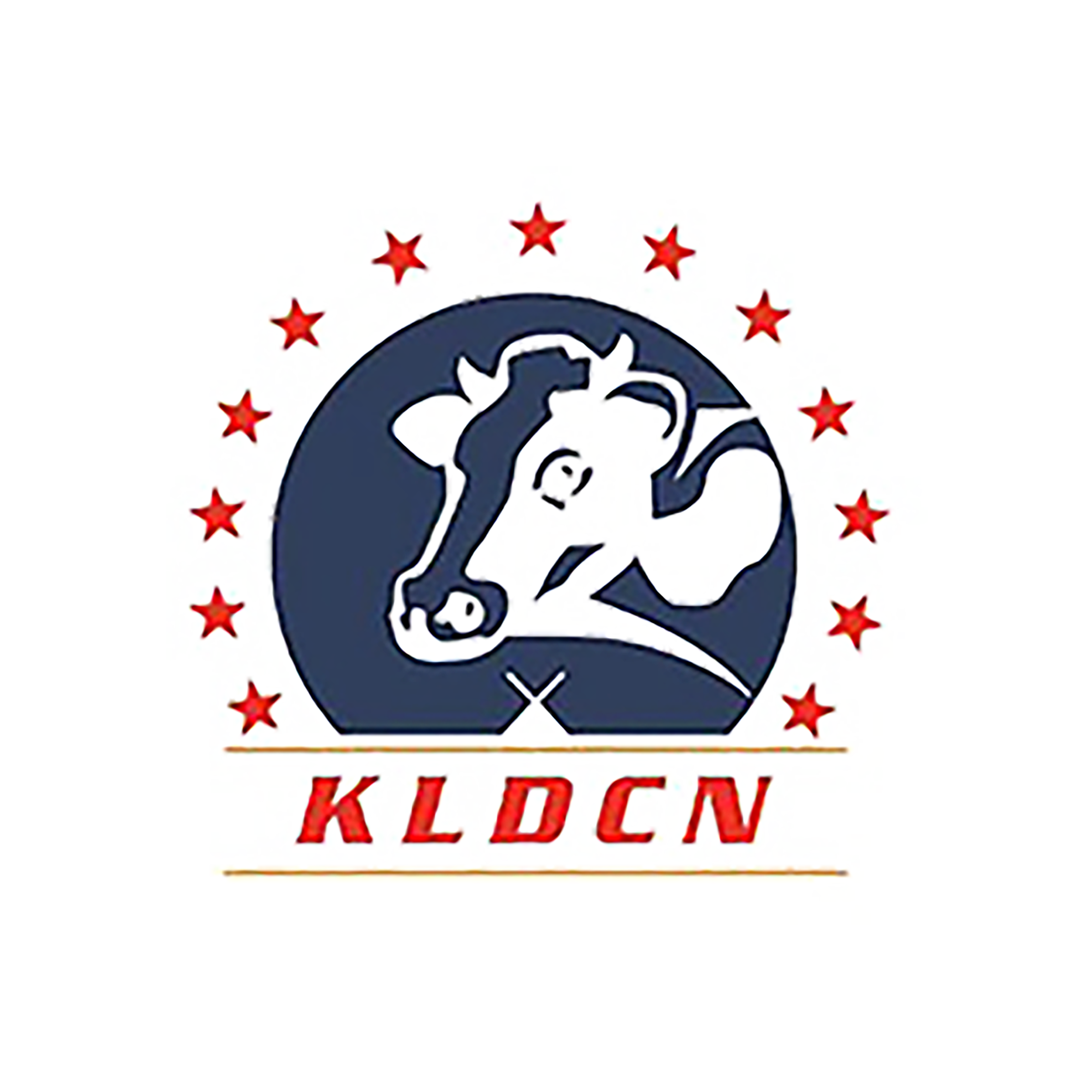Browse the database
Users can browse the database by clicking the navigation bar, and the database contains three modules, namely, the interactive sub-database of ruminants, the basic information of functional components of forage natural plants and the functional center. And select a component in the drop-down menu to view the record. For each component, there is a hyperlink to the detail page.

Obtaining ruminant interactive sub-database information
Users can select the natural plants that need to be obtained in the ten sub-libraries of "ruminant interactive sub-library" where five species interact with natural plants or components, such as the page entered by the interactive component of Runiu database and natural plants. In this table, search using HERBID, FNPID, name and spelling is supported.

For example, "White Lentils" and "HBRB000161", click NP_NAME to enter the interactive page. The page describes the basic information, including genes with verifiable association and comments. Of course, it traces the compounds to which it belongs, and shows the compounds without targets. Importantly, this part realizes an important expression, that is, the display of important target level ITI. Methodologically, we obtained five levels of available targets of natural plants in specific species, including species availability level -TAR (column name: nptarget_symbol), annotative level -AN (column name: annotate), PPI verification level -TAR1 (column name: npcore/fccore) and biological enrichment level -TAR2 (column name: npRICH/fcRICH). In order to facilitate the display, we graphically displayed TOP5 enriched in biology and pathway. Users can find the specific parameters of each screening as a reference through the "virtual screening" module of each module.

What's more worth mentioning is that in this module, we summarized 16 characteristics of natural plants in the process of species, and according to the initial dictionary ranking, a unique specific fingerprint module was formed to represent the process of ruminant species influenced by natural plants. Users can get "fingerprints" in this module, and the data under each feature and the fingerprints of 16 sub-modules can be obtained by "going to complete fingerprint characterization". In this module, we have realized the preliminary application of fingerprint-data point similarity screening. Through the graphic matrix, we calculated the valley-book similarity between the maps, which can provide data basis for research and development and functional comparison. In the "ruminant interactive sub-database" module, we can get three functions about the process of natural plants in ruminant species, which is a module with complete data..

FULL PAGE

Browse the details page of each entry.
Users can click the hyperlink of a specific item under the Basic Information of Functional Components of Feed-derived Natural Plants module to select an item from the' Browse' page and enter the details page.
• Basic information of Feed-derived natural plants
For example, white lentils, the first part includes descriptive information about it and the link point of the item to ruminant species. In other tabs, the composition of functional components of natural plants and the relationship between functional components and related targets in natural plants are expressed in the form of tables and images, and the functional components with more targets and targets characterized in most components are displayed through chord diagrams.

• Functional components of feed-derived natural plants
Information consists of 2D structure, name, alias, formula, molecular smile, molecular weight and external ID in other databases, which can be used to navigate to other databases. In this part, we also characterized whether the target involved in the compound can be used in different species. Similarly, natural plant information related to compounds is also characterized in the table.

• Target information
Users can access the detailed information of the target and additional analysis through the gene symbol. It should be noted that the pages entered by different species from the gene symbol are inconsistent, including the genome data indexed under the specific species. This section includes basic information, gene details, genome correlation and cross-reference information from other databases. On the target page, our important work is to indicate the biological annotation information in the corresponding species and explain the general classification through pie charts. In addition, we added some analysis, and the backtracking of the target of this species in compounds and natural plants was also presented on the page. According to the data of the ranking of the target importance level, the importance of the target in all natural plants and functional components was characterized by tables and images.

FULL PAGE



Functional center
Users jump from the description of specific natural plants in the ruminant sub-database to the virtual screening and fingerprint information module. In the function center, there is a link that provides a quick switch.
• In the virtual screening module, the importance of the database to the target and the rich detailed information of biological function annotations are included, and users can obtain and download the data information for further analysis.
FULL PAGE

• Similarity information
• Similarity is a simple function of database through fingerprint. Users can enter the "Biological Similarity of Domestic Cattle Species" in the function center, and can obtain the similarity coefficient of different characteristics between different natural plants and screen them.
Similarity of compounds as characteristics

• Among them, each natural plant number provides a link to a specific fingerprint and feature page, and the fingerprint information module provides a description of fifteen features and provides data of each feature for downloading and consulting.
Characteristics

•The Combine column data provides a page link to the pairwise comparison. On the pairwise comparison page, users can simply obtain the similarity of fifteen features to realize simple screening. We also compare the related features between tables and images.
Pairwise comparison page

Similarity score page

Characteristics page


Download data
• Information about all components in FNPRUM can be downloaded from the download page. We provide the statistics of each component in the data table.
• At the same time, a detailed description of all columns in each data component is given at the bottom of the table, so that users can quickly understand the data content.
